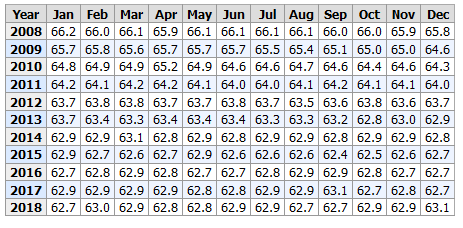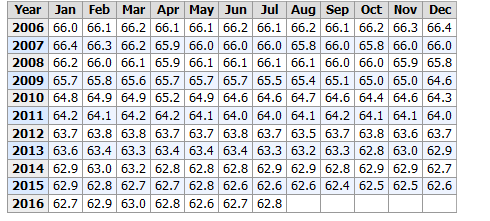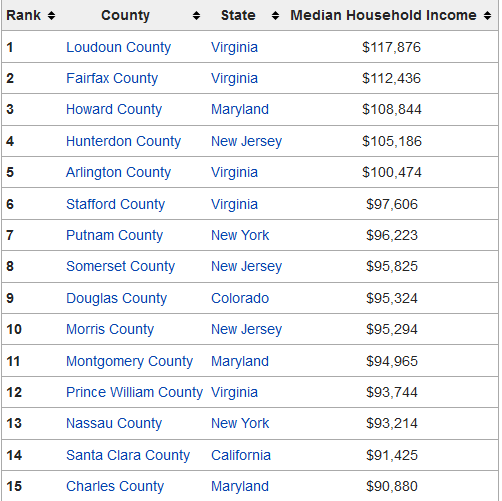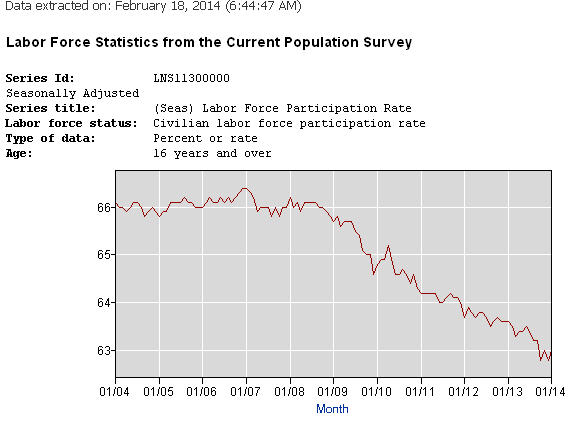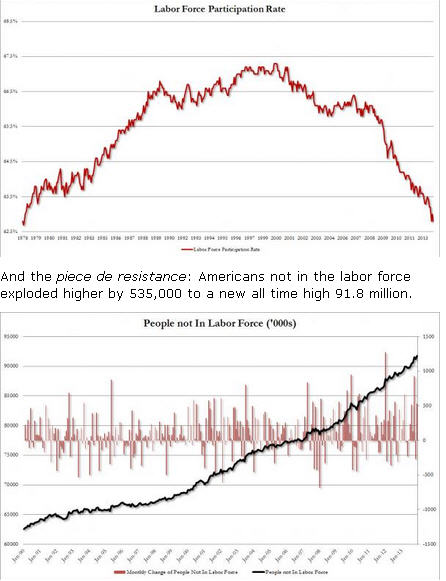CNS News is reporting today that the economy is doing better than predicted.
The article reports:
A record 157,005,000 people were employed in June, the most since February and the 19th record of Trump’s presidency, the Bureau of Labor Statistics reported on Friday.
And the economy added a strong 224,000 jobs in June, well above the estimate of 160,000.
The unemployment rate, the lowest in 50 years, ticked up a tenth of a point to 3.7 percent.
In June, the nation’s civilian noninstitutionalized population, consisting of all people age 16 or older who were not in the military or an institution, reached 259,037,000. Of those, 162,981,000 participated in the labor force by either holding a job or actively seeking one.
The 162,981,000 who participated in the labor force equaled 62.9 percent of the 259,037,000 civilian noninstitutionalized population. That’s up a tenth of a point from May’s 62.8 percent participation rate. The payroll taxes paid by people who participate in the labor force help support those who do not participate, so the higher this number, the better.
The participation rate reached a record high of 67.3 percent in early 2000; the highest it’s been under Trump is 63.2 percent.
In December 2016, the labor force participation rate was 62.7. It has moved between 62.7 and 63.1 since President Trump took office.
I love the fact that during a Republican administration, the estimates of jobs created is always low and economists are always surprised when the real numbers come out.
The article concludes:
And wages continue rising: In June, average hourly earnings for all employees on private nonfarm payrolls rose by 6 cents to $27.90, following a 9-cent gain in May. Over the past 12 months, average hourly earnings have increased by 3.1 percent.
Federal Reserve Chairman Jerome Powell, in a June 25 speech, said the economy has performed “reasonably well” so far this year, with continued growth and strong job creation keeping the unemployment rate near historic lows.
But Powell also mentioned “some ongoing cross-currents,” including trade uncertainty and incoming data about the strength of the global economy.
He said the Fed “will closely monitor the implications of incoming information for the economic outlook and will act as appropriate to sustain the expansion…” That could mean lower interest rates — or not, if the employment and job numbers remain strong.
Economic policies impact the economy. It matters who is occupying the White House. President Trump has proved that.

